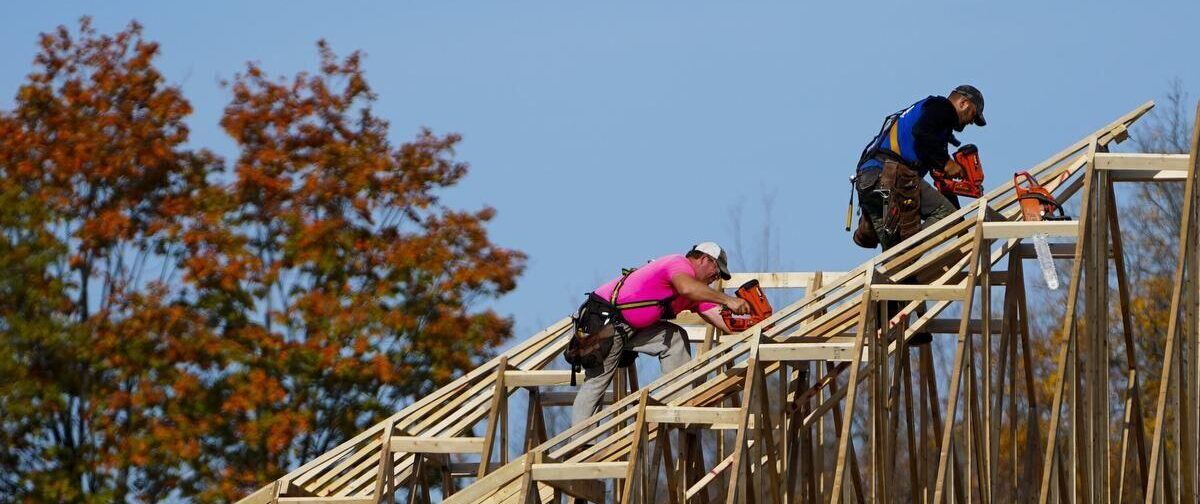Mike Collins-Williams
When a family buys a new home in the Hamilton area, as much as a quarter of the price consists of taxes, charges and imposed by each level of government. Approximately half of that amount is levied by the municipality in the form of charges intended to pay for growth-related infrastructure, additional services, and new parks. Development charges alone account for $70,595 on a detached home having just increased by 16.2 per cent (nearly $10,000 dollars) on July 5. Although we can argue that “growth should pay for growth,” it’s hard to justify layering on higher costs to build new homes at a time when we desperately need to double the number of homes we build. These costs get directly embedded into the purchase price of a new home. It’s no wonder we are pricing out families and the next generation of talented young people, as they “drive until they qualify” for more attainable housing in neighbouring communities.
There has often been a refrain from local politicians when adding more and more taxation on new housing that “growth should pay for growth” and that the “market can bear increased costs.” However, young people and Hamilton families cannot bear it any longer:
1) Taxation on new housing has become untethered from the economic realities of 2023 that include massive increases in construction costs (up 51 per cent since 2019), labour costs and project financing.
2) Interest rates and housing costs are the highest we’ve seen in a generation.
3) New housing starts are declining across the county, in the same year that Canada’s population grew by over a million people.
We need to view Hamilton’s housing market as a system. The social benefits of new building are broad and immediate. Residents of new buildings often vacate existing apartments, making space for others. This process, known as “filtering” is different from “trickle down economics” and is supported by empirical evidence. When we build enough housing for our population growth, the pressure on existing housing decreases. All the while, building new housing improves upon the tax productivity of land, providing additional revenue to the City. There must be enough to go around. We cannot have a scarcity mindset around something as fundamental as shelter.
In a high-tax, high-interest and high-risk environment, both for-profit and non-profit builders are straining under the weight of higher-than-ever construction costs. Without addressing this core challenge, housing attainability due to lack of supply will continue to be a challenge. Not only does it squeeze young people and families out of the market, but it also threatens the economic competitiveness of the region. Lack of housing supply and affordability is forcing aspiring homeowners to move out of the region, or even the province altogether, limiting the employers’ ability to attract and retain talent.
Growth is currently paying for a lot more than it costs. WE HBA supports the concept that growth should pay for growth, but clearly, new home buyers are being disproportionately targeted for service and infrastructure that benefit all. These taxes cannot be looked at in isolation. Much like cigarettes and alcohol, housing is being treated as a “sin” tax with upwards of a quarter of the price of a new home going to the government through a cumulative sum of different taxes by all three levels of government. The economic impact of the residential construction industry in Hamilton cannot be understated; it is a powerhouse supporting over 27,000 well paying jobs within the industry, paying more than $1.9 billion in local wages that are reinvested in our economy.






